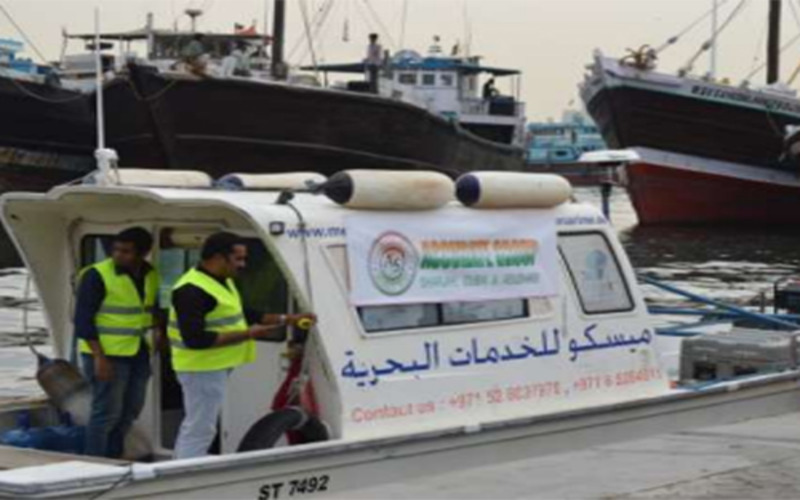General Survey Services
- Topography Survey
- Stake Out Survey
- Underground Utility Detection Survey(GPR and Cable Detector)
- 3D Laser Scanning
- Mobile Mapping
- Uav Drone/Aerial Survey
- Monitoring Survey
- Control Point Survey
- Architectural/Structural /Mep Asbuilt Survey
- Hydrographic Survey
- Offshore/Onshore Survey Services
- Rebar Scanning and Concrete Imaging
- Dilapidation Survey
- Quantity And Volumetric Survey
- Traffic Survey

Surveys in tidal areas require a deep understanding of water movement and its impact on coastal structures and ecosystems. Our expertise in tidal surveys includes:
Survey in Tidal Areas
Bathymetric surveys allow us to measure the depth of a water body as well as map the underwater features of a water body. Multiple methods can be used for bathymetric surveys including multi-beam and single-beam surveys, ADCPs, sub-bottom profilers, and the Ecomapper Autonomous Underwater Vehicle
Echo sounding is a technique for measuring water depths by transmitting acoustic pulses from the ocean surface and listening for their reflection (or echo) from the sea floor. Echo sounding is done either by a single beam or multi-beam echo sounder. Single beam echo sounders make a single depth measurement with each acoustic pulse (or ping) and include both wide and narrow beam systems. A multi-beam echo sounder is an instrument that can map more than one location on the ocean floor with a single ping and with higher resolution than those of conventional echo sounders. Effectively, the job of a narrow single-beam echo sounder is performed at several different locations on the sea bottom at once. Our experienced survey team offers both single and multi beam bathymetric surveys across UAE.
Bathymetric Survey
Bathymetric surveys are essential for understanding underwater topography and ensuring the safety of maritime operations. Our services include: